R56 Montane to subalpine moist or wet tall-herb and fern fringe
Tall forb and fern vegetation of moist, fertile soils in relatively cool and humid conditions through high levels of the mountain ranges of Europe, having its optimum in the subalpine zone but also occurring in the Arctic lowlands of Scandinavia. Typically found as strips along streams and on the edges of forests, in the shelter of large rocks, on mountain ledges and under scrub, sometimes also fringing snowbeds where it benefits from protection from winter frosts. The vegetation is often very rich in species and hosts many local and regional endemics, as well as widespread montane plants. Vulnerable to grazing by wild herbivores and stock, but often protected by its remoteness.
Chytrý M., Tichý L., Hennekens S.M., Knollová I., Janssen J.A.M., Rodwell J.S. … Schaminée J.H.J. (2020) EUNIS Habitat Classification: expert system, characteristic species combinations and distribution maps of European habitats. Applied Vegetation Science 23: 648–675. https://doi.org/10.1111/avsc.12519
Version 2025-10-03, https://doi.org/10.5281/zenodo.16895007.
For the official presentation of the EUNIS Habitat Classification from the European Environment Agency, please see: EUNIS Terrestrial Habitat Classification 2021. The FloraVeg.EU presentation may show modifications and partial updates to the habitat classification.
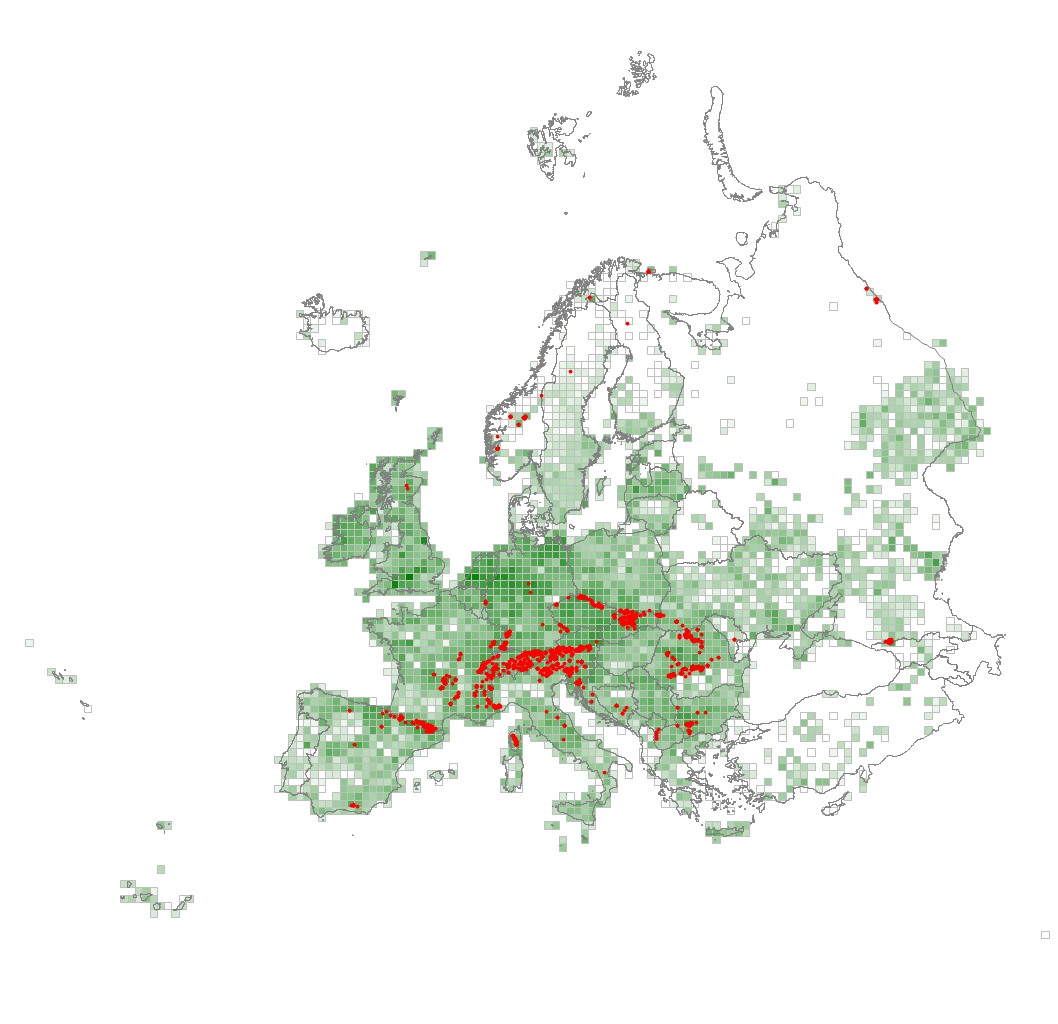
7.jpg)
8.jpg)
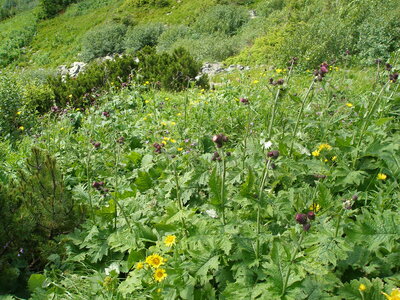
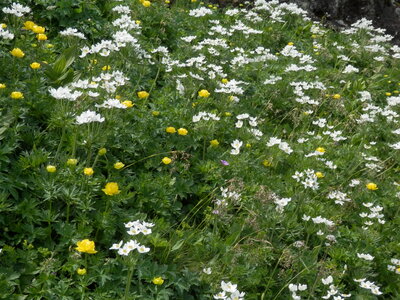
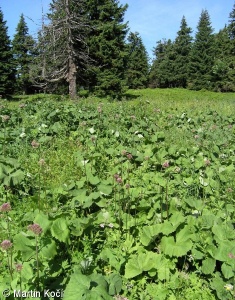
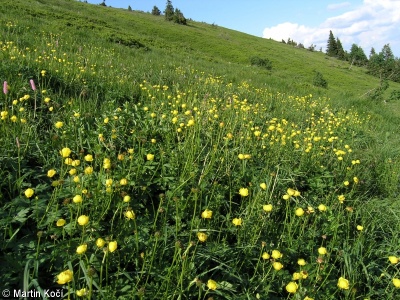
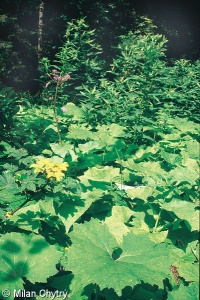

1.jpg)